With hundreds of exhibitions and events vying for your attention in London during Frieze week, Apollo’s editors pick out the shows they don’t want to miss
‘A Quixotic Vision: James Pryde at Dunecht’ at Daniel Katz Gallery (until 1 November)
Though he collaborated with his brother-in-law William Nicholson as one half of the ‘Beggarstaffs’, James Pryde was a name I’d never heard of until recently. Between 1910 and 1922 the Scottish artist painted a series of large canvases for the library at Dunecht House in Aberdeenshire. There are faint similarities with Nicholson in the boldness of outlines, but otherwise these dark, theatrical and unsettling works are of a different mood entirely. Formally there are debts to the likes of Piranesi – architectural ruins dwarfing human figures in the foreground – but there’s more of Goya here, or hints perhaps at the devastation of the First World War, as depicted by Paul Nash in his battle-scarred landscapes. Daniel Katz recently acquired all but two of the 12 Dunecht paintings – kept in storage for the last 15 years – and here, with two loans, reunites the whole series. Both James Pryde and the woman who commissioned him, Lady Cowdray, are figures that reward better acquaintance.
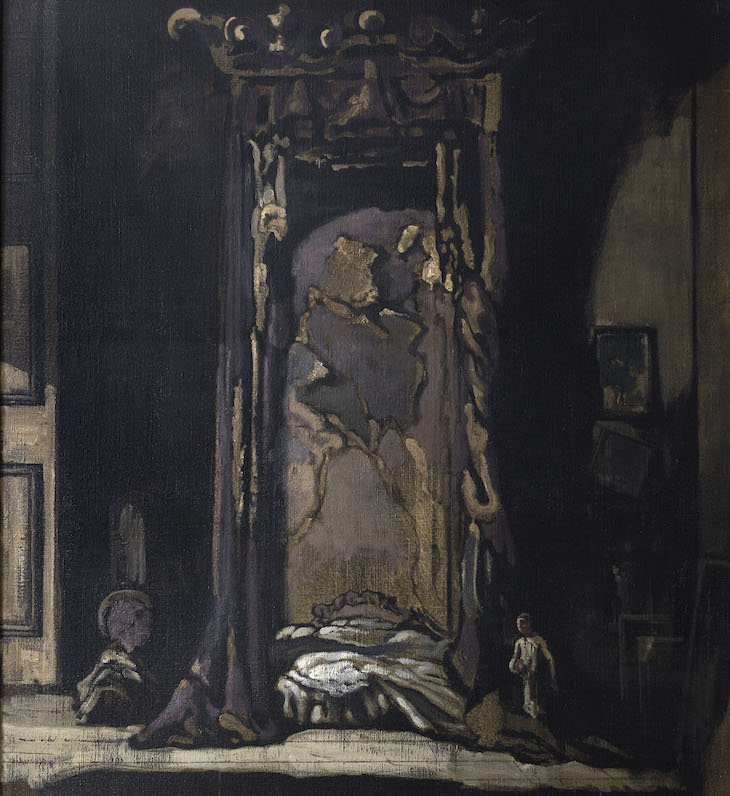
The Derelict (c. 1920), James Pryde. Daniel Katz Gallery, London
‘Betty Parsons: The Queen of the Circus’ at Alison Jacques Gallery (2 October–9 November)
The International Exhibition of Modern Art at the Armory in New York was a pivotal moment for 10-year-old Betty Parsons in 1913. ‘I decided then that this was the world I wanted… art,’ she later recalled. Though she studied in Paris alongside Alberto Giacometti and was taught by Arshile Gorky back in New York, Parsons’ career as a gallerist from 1946 until her death in 1982 – through which she gave early exhibitions to Mark Rothko, Clyfford Still and Jackson Pollock, among others – would overshadow her work as an artist. Alison Jacques surveys that work from 1951–81, with a group of her bold, abstract paintings and architectural, painted-wood assemblages.
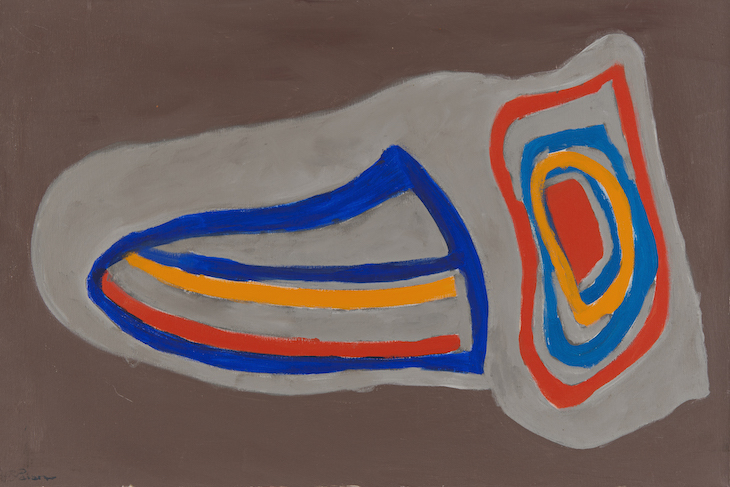
Horton’s Point (1968), Betty Parsons. Alison Jacques Gallery, London
‘Reconstructing Cezanne’ at Luxembourg & Dayan (2 October–7 December)
This show of works on paper by Paul Cézanne presents new research into the artist’s working process and the dating of his watercolours and drawings, with loans from the Courtauld, the Ashmolean, the Fondation Beyeler in Basel and the Musée Granet in Aix-en-Provence, as well as from private collections. It will reunite for the first time two watercolours produced from the same sheet of paper, which the artist tore in half to capture different landscapes – the Courtauld’s La Montagne Sainte-Victoire (1885–87) and a Paysage provençal (c. 1885). And research aside, here’s an opportunity to savour the delicacy and expressiveness of these works up close.
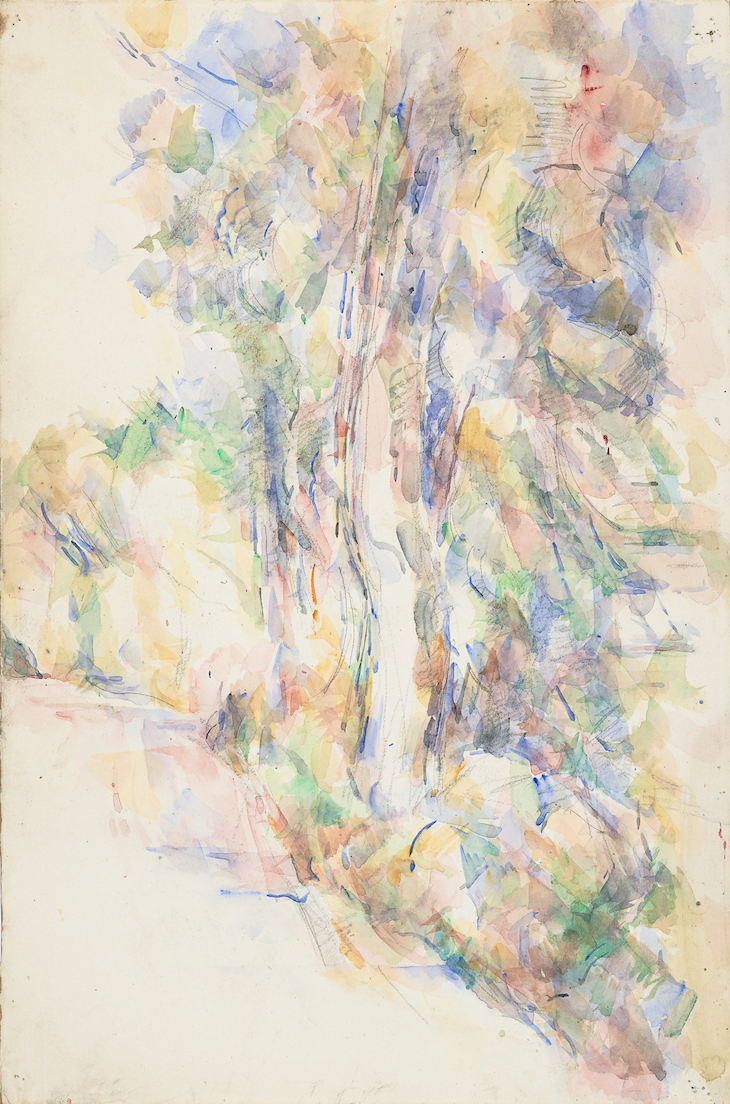
Route avec arbres sur une pente (c. 1904), Paul Cézanne. Photo: Robert Bayer; Fondation Beyeler, Riehen/Basel
Unlimited access from just $16 every 3 months
Subscribe to get unlimited and exclusive access to the top art stories, interviews and exhibition reviews.

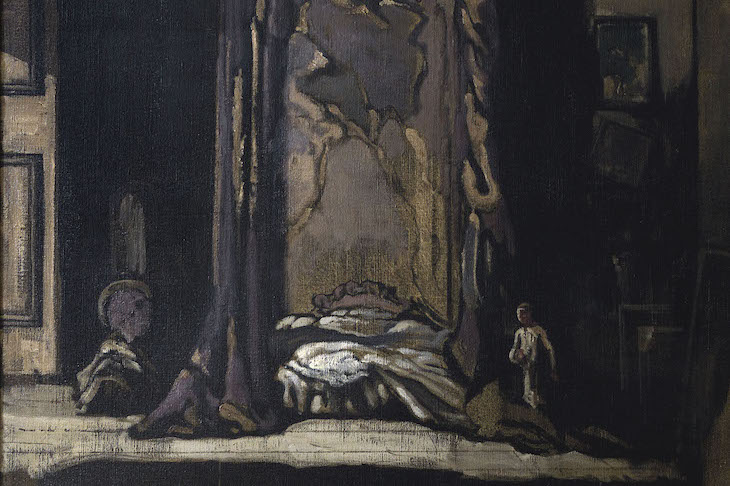
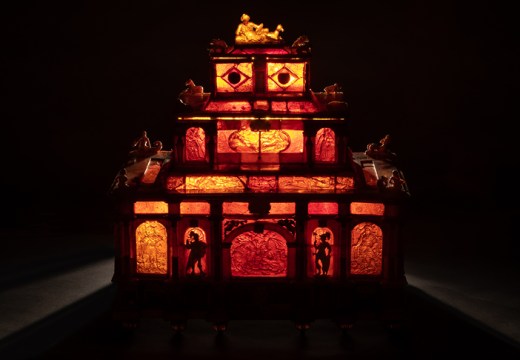
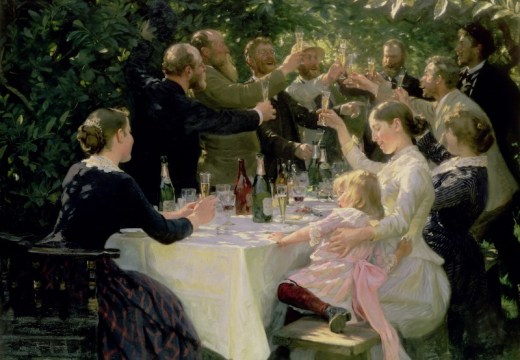










![Masterpiece [Re]discovery 2022. Photo: Ben Fisher Photography, courtesy of Masterpiece London](http://www.apollo-magazine.com/wp-content/uploads/2022/07/MPL2022_4263.jpg)
It’s time for the government of London to return to its rightful home